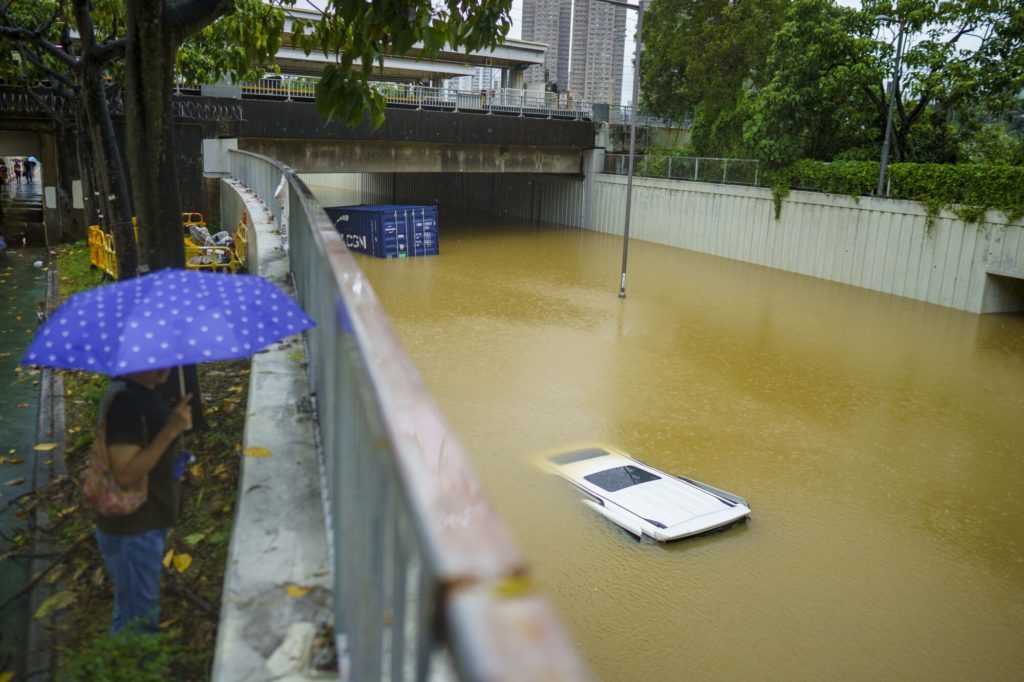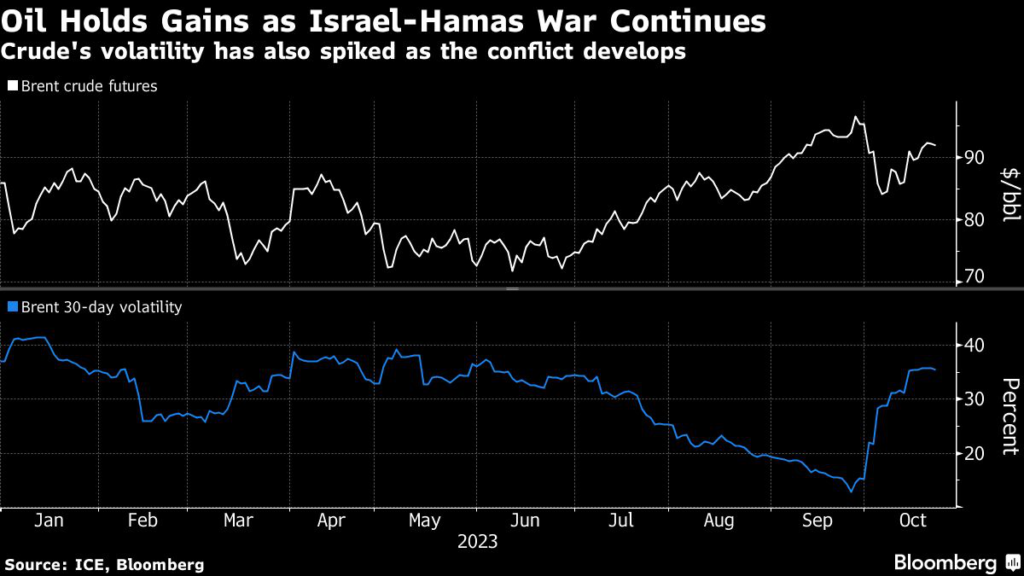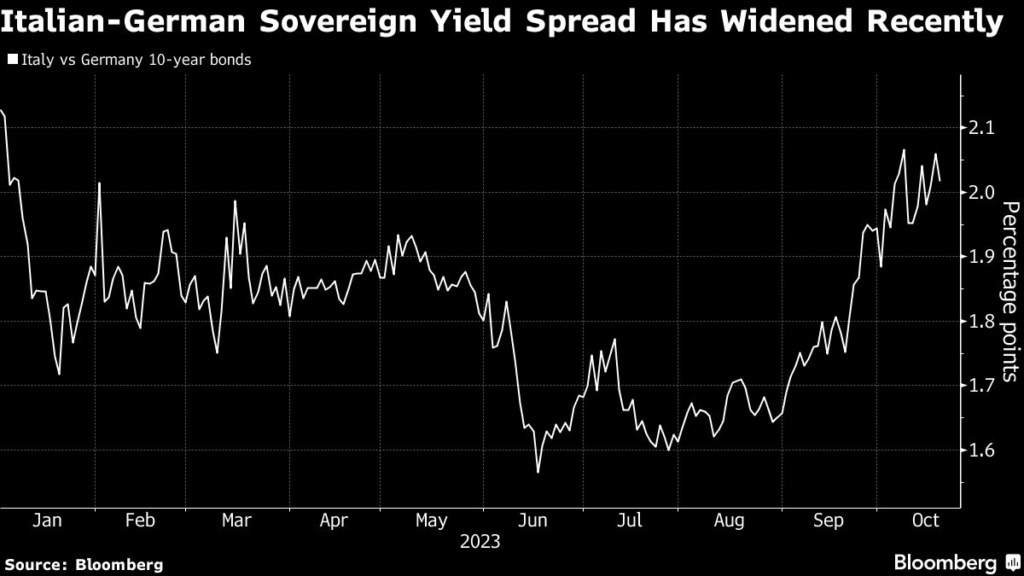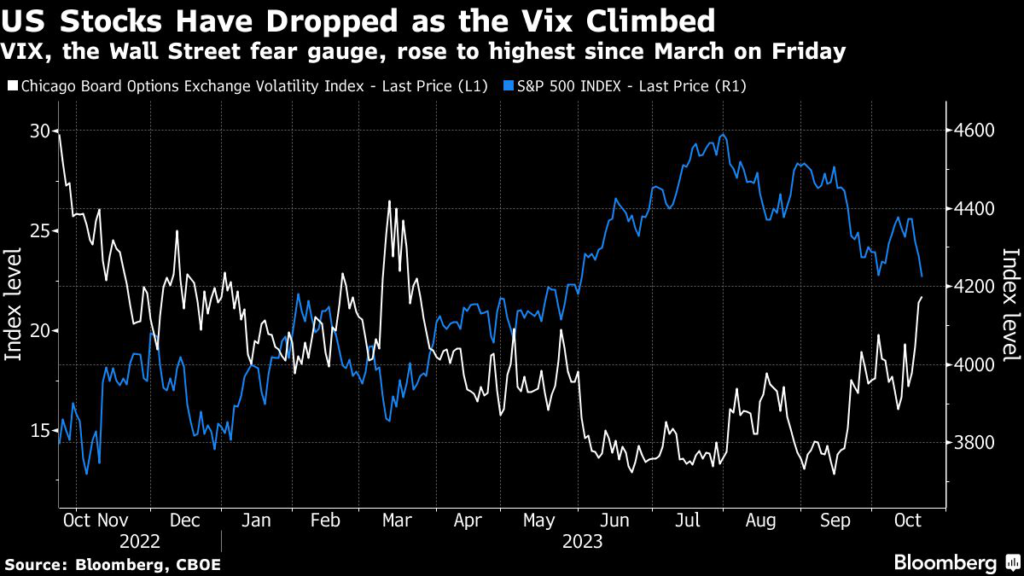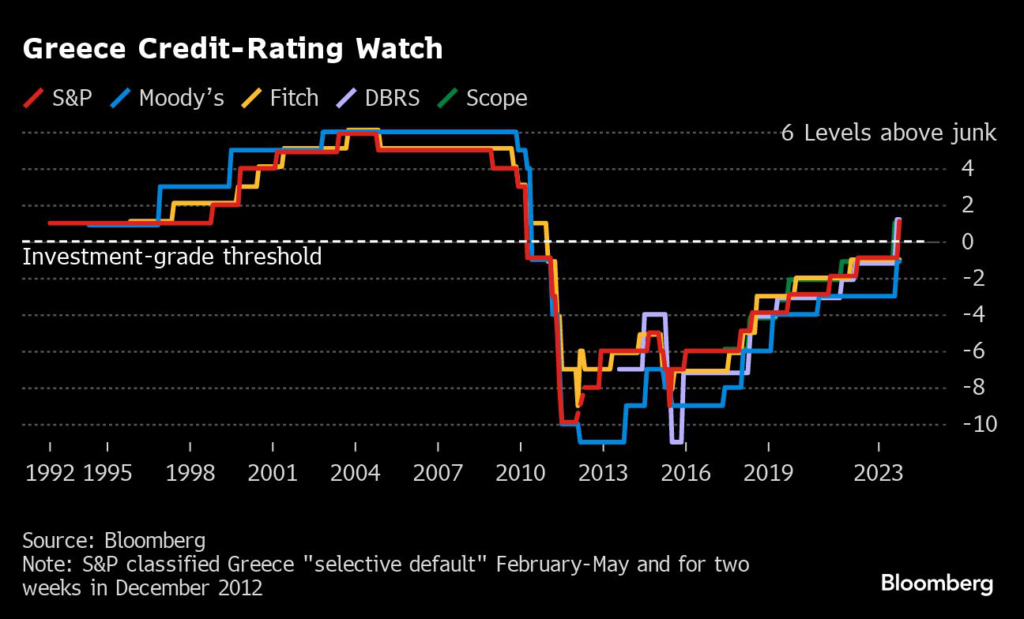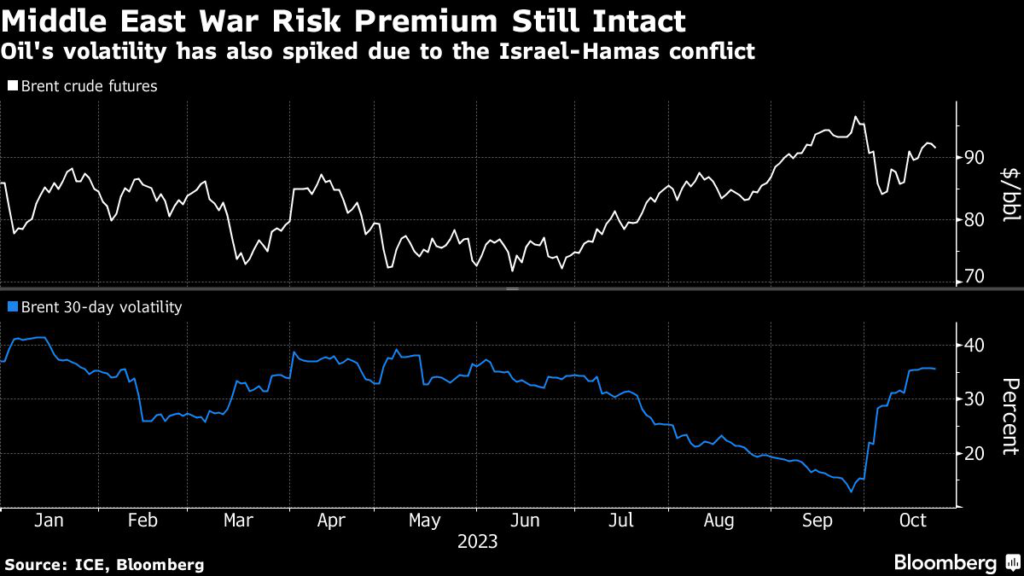Hong Kong’s heaviest rainstorm since records began in 1884 flooded the financial hub’s streets and sent torrents of water rushing through subway stations, bringing much of the city to a standstill and forcing the stock market to scrap trading on Friday.
(Bloomberg) — Hong Kong’s heaviest rainstorm since records began in 1884 flooded the financial hub’s streets and sent torrents of water rushing through subway stations, bringing much of the city to a standstill and forcing the stock market to scrap trading on Friday.
The downpour, which caught many residents off guard and came just a week after a super typhoon shut the city, caused the government to issue its extreme conditions warning. Schools were suspended and workers stayed home as Hong Kong received the equivalent of a quarter of a year’s total rainfall in 24 hours.
The short notice of official warnings meant businesses and residents had little time to prepare for the deluge, which tore up roads, flooded shopping malls and submerged vehicles. In a statement Friday night, the government said 144 people sought medical help at public hospitals. Insurance claims may exceed $100 million and could be comparable to Typhoon Mangkhut’s $470 million in 2018, according to Bloomberg Intelligence.
As the rain abated on Friday afternoon, officials sought to defend themselves at a press briefing, saying rainstorms were more fickle than typhoons.
“The intensity was difficult to predict,” said Hong Kong Chief Secretary Chan Kwok-ki. “That’s why we didn’t warn the public earlier.”
In Pictures: ‘Black Friday’ Rainstorm Batters Hong Kong
The city remained effectively shut down on Friday night, with the government saying in the statement that bus service would likely resume Saturday morning as the weather eased and road transport improved.
The topography of Hong Kong — roads and buildings built into steep hillsides — makes the city vulnerable to flooding and landslides from torrential summer rains that have steadily intensified over time due to climate change. This particular downpour was caused by the remnants of Typhoon Haikui. Yet the scenes recorded show damage on a scale the city hasn’t seen in recent decades.
A record 158.1 mm (6 inches) of rain was recorded at the observatory headquarters in Tsim Sha Tsui between 11 p.m. Thursday and midnight. More than 600 mm was reported over much of Hong Kong island in the past 24 hours, according to the observatory. That compares with the annual average of 2,456 mm from 1995-2014, government data show.
The observatory raised the highest rainstorm warning at 11:05 p.m. local time Thursday. The alert means more than 70 mm of rain had fallen in an hour. The last rainstorm warning was canceled at 4:45 p.m. Friday.
At Wong Tai Sin subway station in Kowloon, videos circulating widely on social media showed waterfalls pouring into concourses as trains continued running. The lower floor of a nearby shopping mall filled with water as furniture floated on the surface. MTR Corp. said it suspended part of its Kwun Tong Line due to flooding at the station.
The city’s leader John Lee told government departments to respond with all-out efforts to deal with the “severe” flooding in most parts of the finance hub. The lack of forewarning contrasted with the approach of Super Typhoon Saola, when the city’s chief secretary held a press conference flanked by department heads to address potential risks. This time round, such a briefing happened after the event.
There were 20 landslides reported, officials said at Friday’s press briefing.
Read More: Hong Kong ‘Black’ Rain Could Cause More Than $100 Million Damage
In the village of Stanley on the south side of Hong Kong island, rivers of water ripped open pavements to expose underground cables. A damaged minibus was abandoned in the middle of a waterfront road, surrounded by debris. Floods had carved channels in the nearby beach, carrying sand into the sea. Nearby, part of a hillside had fallen on to the road to Tai Tam.
Before the rains hit, the city was still cleaning up from Saola, which forced Hong Kong to shut down on Friday and Saturday last week. That storm, the strongest to hit Hong Kong since Mangkhut in 2018, toppled trees and blocked roads. It was only the sixth time in the past four decades that the observatory raised its highest storm warning.
Read More: How Global Warming Is Causing More Weather Extremes: QuickTake
The storms are the latest examples of extreme weather experienced around the world this summer. In late July and August, dozens of people died in northern areas of China including Beijing due to flooding from a typhoon.
–With assistance from Dominic Lau, Danny Lee, Olivia Tam, Filipe Pacheco, Janet Paskin, Steven Lam, Kari Lindberg and Alfred Liu.
(Updates with offiical numbers on injuries in fifth paragraph, restrictions easing)
More stories like this are available on bloomberg.com
©2023 Bloomberg L.P.

